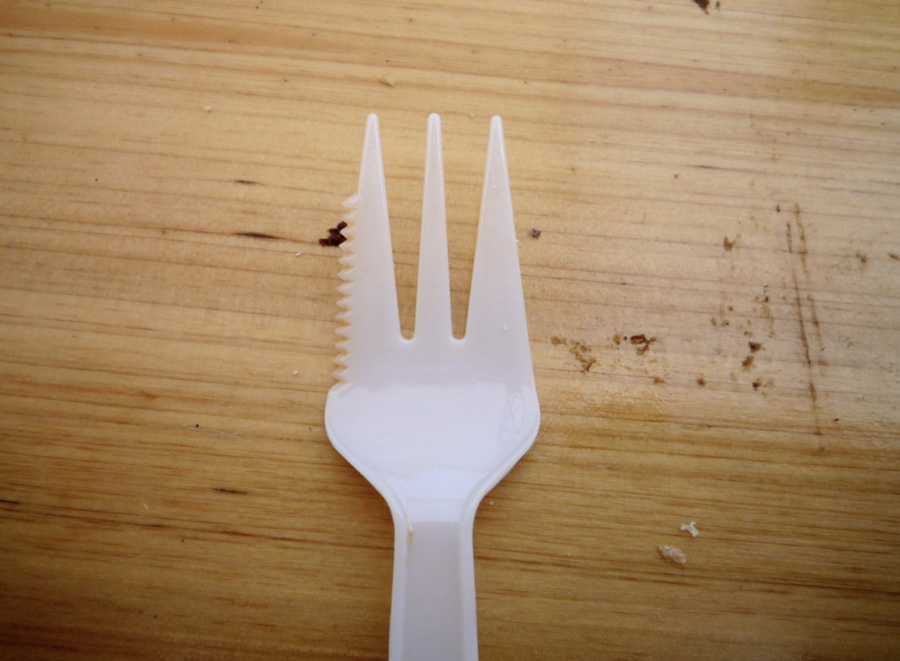The dangers of microplastics: Have I reached my daily microplastics intake yet?
What could taste better than some freshly-made waffles? Before it is consumed, a squiggly line of glitter spread is applied onto the fresh array of waffles to make it more visually stunning. Surely, a great way to start the morning.
Without a doubt, this meal will be delicious, but how did Great Value get that enticing sparkle into the syrup? It is not natural, it is “edible” glitter. A fancy way of saying microplastics.
So what are microplastics? Pieces of plastic of less than 5 mm in length. This makes swallowing them effortless and tasteless. The reason that this is a safety hazard is that plastic is a hazard to physical health.
According to Harvard Health, microplastics have been scientifically linked to metabolic disorders such as obesity. Worse than that, microplastics are not only found in foods where they are located, such as sparkle syrup, but also in Tupperware containers when they are microwaved or placed into an excessively hot dishwasher.
Various dishes cannot be placed into the bottom compartment of the dishwasher. This is because the material that they are made of might shatter or be distorted, which might lead to microplastic hazards.
According to explainthatstuff, the reason why more fragile dishes are put on the top rack is that the water is cooler than the bottom rack due to the water cooling as it travels upwards. Because of this, plastic cups are generally placed there to avoid microplastic contamination.
Another major source of microplastics is single-use plastics, such as water bottles or plastic sporks. This can be scary for many, because who has not ever used one of these convenient products before? The reason that these types of plastics can get microplastics into food is that they can get heated up during any type of transportation.
The heating of these products can cause deformation. This results in broken or easily-bent plastic sporks in the school lunchroom. At first glance, these are harmless, but according to the 17th-century French physicist, Antoine Lavoisier, mass cannot be created or destroyed, which means the missing plastic mass is in the warm food, ready to be consumed.
And of course, there are blatantly obvious instances of microplastics, such as Glitter Spread, which should not be consumed under any circumstances due to the high microplastic content.
Have I Reached My Daily Microplastics Intake Yet? To avoid microplastic consumption, the best way is to be more mindful of products in the supermarket. If there is anything that looks unnatural, such as suspicious chemicals or any sign of artificial alteration, avoid it, because health is priceless.
Your donation will support the student journalists of Highlands High School. Your contribution will allow us to cover our annual website hosting costs.




Iván González • Jan 17, 2023 at 10:22 am
Thanks, from now on I will be more careful so I don’t consume microplastics any more. Very informative
Donna Kendrick • Jan 11, 2023 at 4:15 pm
Excellent and informative article.
Nathan • Jan 9, 2023 at 8:14 am
Waterbottles taste pretty good ngl